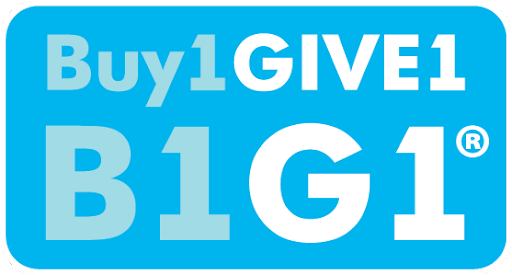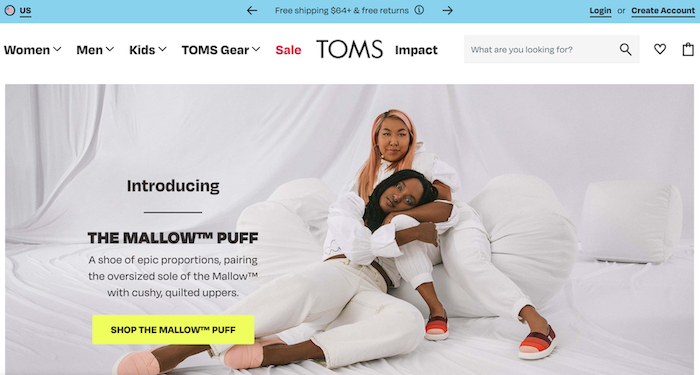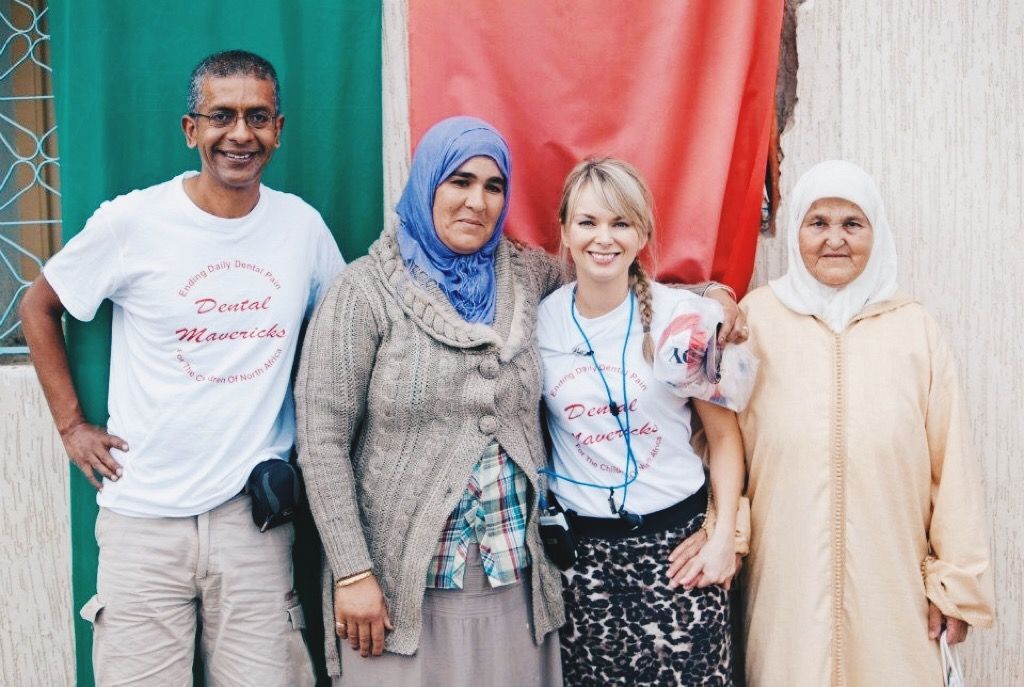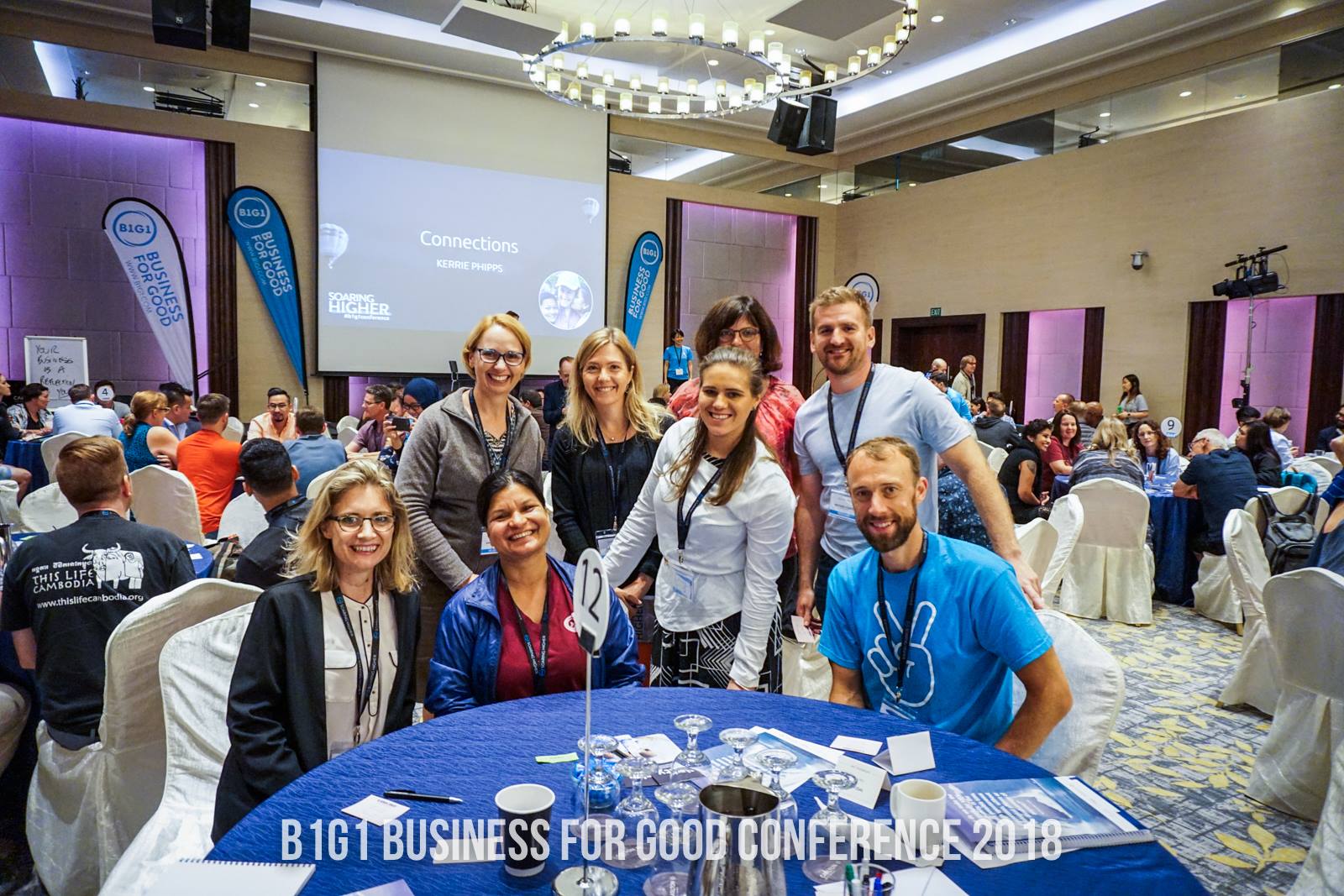Beyond One for One - Lessons Learned Over The Years
You probably know that B1G1 was also known as ‘Buy One Give One’ in the beginning.
In fact, our logo used to look like this:

That’s because when we founded this initiative in 2007, we set out to create a world full of giving by helping businesses integrate impactful giving in their everyday activities. So, the term ‘Buy One Give One’ — similar to a familiar expression ‘Buy One Get One’ — conveyed the giving message in an easy-to-remember way.
Since then, we’ve worked with thousands of businesses from all around the globe. And as of just a week ago, those businesses have collectively created more than 250 million giving impacts. It’s a terrific example of the true ‘power of small’ — that our everyday small actions can have a huge collective impact.
Interestingly though, the businesses we’ve worked with didn’t end up implementing the typical ‘One-for-One’ giving approach (“buy this and we will give another one”).
Mind you, some people still think that’s what we do in B1G1!
So in this post, I want to take you on a journey with us to explore the One-for-One giving concept, the essence of the idea and how our work has evolved.
As a start, let’s first look into the history of One-for-One giving and reflect on some important lessons we’ve learned in the last decade.
The History of One-for-One

The idea of ‘Buy One Give One’, ‘BOGO’ or ‘One-for-One’ giving became widely known through companies like TOMS and Warby Parker. Interestingly, TOMS was started at almost the same time as us, even though we didn’t know it at the time.
Both these iconic companies had a very clear model of social contribution, which was to give away a set of their product every time they sold one. They identified a specific issue in the world and linked their product to a story of giving that inspired customers who cared to get involved by purchasing their goods.
The success of these One-for-One companies unveiled how millions of people (who are often called ‘consumers’) were eager to help others when given the opportunity to be part of a meaningful social mission.

Various social studies also highlighted how more millennials were looking for opportunities to support and work with businesses that embraced strong social missions and socially conscious business practices. Nearly 100 million pairs of shoes were given by TOMS work alone.
Then around 2015, new reports started to emerge, criticizing TOMS for negatively impacting local trade in countries where they were giving away their shoes. According to some reports, local shoe merchants were struggling to sell their products when so many shoes were given away for free by organizations like TOMS.
TOMS was not the only initiative that faced these unintended consequences. Many socially conscious individuals also discovered that many of their pre-loved donated clothes were sent away in massive quantities to other countries and sold for profit, competing with local production.

People who thought recycling could save our environment later found out that recycled plastic waste from their homeland was ending up in abandoned piles in other countries and even in the sea, causing microplastic contamination in our precious oceans.
Learning From Unintended Consequences
It’s clear that efforts to solve social problems could cause unintended consequences, even when people take action with a genuine intention to do good. Sometimes too, the approach needs to change and evolve as things scale.
The thing is, none of us can be too scared to act. If we don’t try at all, we will not make any progress. And when we do try, we need to accept some level of risk and subsequent learnings that come with all our experiences.
So, it was great to see the way TOMS moved forward with a new approach too.

After first extending their product lines and giving options, they ultimately took a very courageous step to move away from a fixed giving approach. Today, TOMS focuses on more holistic giving — pledging a large portion of their proceeds to supporting long-term transformation of disadvantaged communities around the world AND helping to also tackle issues closer to home at the same time. They call their new approach “⅓ of Profits for Grassroots Good”.
We admire brave change-makers, social enterprises and caring businesses who dare to innovate, learn with humility and bring new solutions to our shared challenges. In their unique ways, they continue to challenge the status quo and work towards creating a happier, more sustainable world.

And seeing how other initiatives evolve encourages us all to play our part in bringing positive change in the world too.
What We’ve Learned at B1G1
In the B1G1 initiative too, we’ve learned a lot over the years. Many were unexpected lessons. And we have gradually grown and evolved as a social initiative.
Here are just three of the most important things we learned in making our collective giving effort more sustainable and impactful.
The Essence of B1G1 and the One-for-One Idea
When I first implemented the idea of B1G1 into my own business 15 years ago (I had a food company in Australia), we decided to give a portion of proceeds from every sale of our frozen meals to help feed and educate disadvantaged children. This made it possible for us to make a difference everyday, rather than waiting for a huge success to do something about issues we cared about.


This simple shift to ‘do something today’ transformed my outlook in business. I realised that businesses could together create so much good in the world if we all made regular contributions towards solving issues we uniquely cared about.
Thinking of all the caring business people we met along the way, we later sold our food business and moved to Singapore to set up B1G1 as a global giving initiative. And that was the beginning of B1G1 in 2007.
As I said earlier, the idea of B1G1 is to integrate effective giving in everyday business activities. It’s not about enabling businesses to give away their products to charities. In fact, none of the businesses we work with give away their own products or services through us.
We realised that it’s better for businesses to give what’s most useful to those who are working to make a difference on the ground. And we came to the conclusion that money was actually most useful in all situations, and that’s one thing every business anywhere could give.
But what some businesses may not have is large sums of money. Some businesses are just starting up right now. Others may face cash-flow issues at times.
But every business in operation can give something as long as we don’t worry about the size of giving. There is no need to wait for a huge success to start doing something great.
This is the essence of the B1G1’s giving model.


Today, this idea is expressed in so many different ways. An accounting firm helping educate children for every client they serve, a coffee shop providing access to clean water for every coffee they serve, a chiropractor who supports the health and education of disadvantaged people for every treatment session, businesses planting trees for every meeting they have…
When we all do something impactful everyday, we can make a big difference together.
And that leads to…
Starting Small
From the very start, we’ve always worked on our ideas at a small scale first. This way, we could learn and adjust our approach early without causing huge unexpected consequences.

This was unintended though. We would have loved to do big things quickly if we had more resources. If we had access to large funds or if we were exceptional at PR, the B1G1 initiative could have become more famous more quickly too.
Instead, we started to work with limited resources and with small businesses first. Those businesses trusted us and were patient with all our learnings. They shared with us their aspirations and challenges.
We also started to work with smaller charity organisations (here in B1G1 we call them ‘Worthy Causes’) first and learned together to identify the projects for which B1G1 can effectively raise funds. Working together with many small entities allowed us to learn what we can best do to create a more sustainable impact in the world gradually.
And as a result , we are better equipped to work with larger organisations today.

It’s like we’ve created an ‘ecosystem of giving’ together. Here, businesses and their small everyday actions contribute to a more sustainable future, just like tiny honey bees pollinating flowers around the world. All businesses and causes we work with are part of this ecosystem — they allow us to learn and evolve step by step.
So for us, ‘Starting Small’ was an unexpected gift in disguise.
And for those businesses we work with too, ‘starting small’ makes it possible for them to make a difference right away.
Being ok to start with small things also brings humility in our perspective, and that makes our work even more meaningful.
Humility of Giving
For every charity or giving initiative, honoring donors and raising more funds from them is important. But we also realised that overly prioritising donor satisfaction in a giving equation could cause issues too. Common things like displaying a plaque honoring donors in front of a facility they helped build or getting personal messages from specific beneficiaries to acknowledge their donors may create unintended consequences.
Of course, it’s very important to make everyone feel valued and appreciated in the collective work. The deep sense of meaning and purpose we feel through giving and adding value is the driving force for creating positive change.
What we ultimately realised was that all of the stakeholders in this initiative are actually both contributors and beneficiaries of our collective work in this giving ecosystem. People who receive support from donors (they are usually called beneficiaries) are also contributors to our collective mission.
So, honoring everyone is key.


We love it when our members (participating businesses) share their Giving Stories and talk about B1G1. But how businesses want to express the joy of making a difference is up to them. We also deeply respect and admire businesses that never talk about their giving publicly and just continue giving.
And we hope that more and more businesses will continue to join us to make a difference together.
Collective Learning for a Better World
I hope all of these collective learnings we have in the social impact space will continue to encourage more people and organisations to take action bravely.
Together, we can all try, fail, learn and evolve. That’s how we create a truly sustainable, happier and caring world for all.
